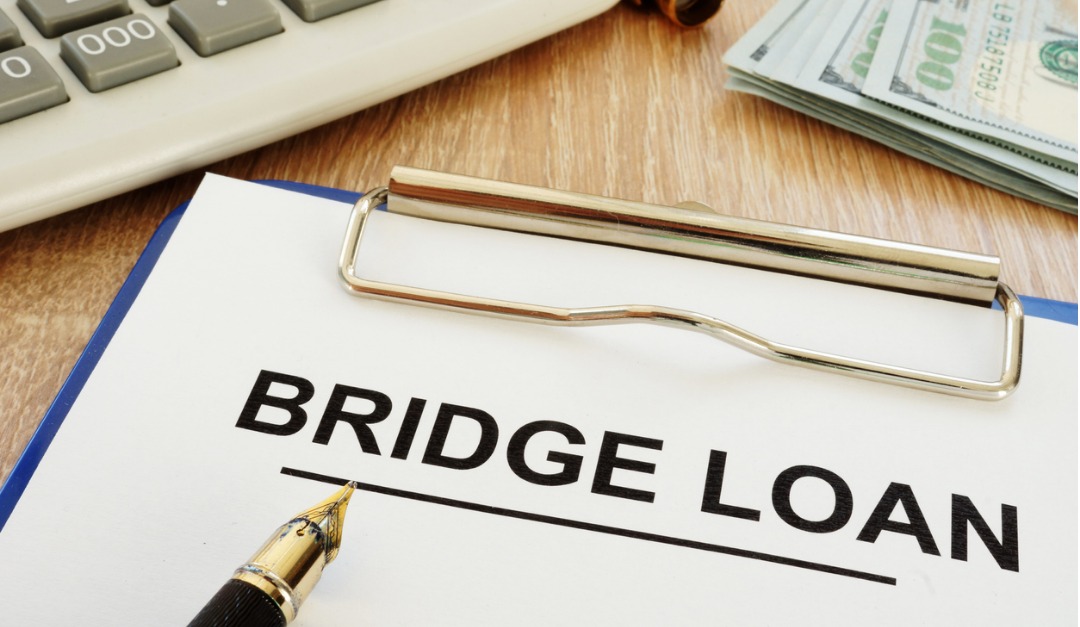
If you’re in the process of selling your home with plans to move, and all of a sudden you find your dream house, but your current property remains on the market unsold, you might think there’s nothing you can do. After all, you can’t buy a new house without having sold your old house, right? Wrong!
That’s where a bridge loan comes in. A bridge loan is a short-term loan that will provide a homeowner with the money to buy that new home before they sell their current one.
Also known as a swing loan, gap financing and interim financing, a bridge loan will “bridge” the gap between the time the new property is purchased and the old house sells, allowing borrowers to access the equity in their existing home for a down payment.
Interest on a bridge loan is typically calculated as simple interest and is paid up front for six months, keeping someone from having to make two house payments at once. While most bridge loans in these cases are from three to six months, they can be extended by a year depending on the lender you are working with.
Unfortunately, bridge loans usually carry an interest rate that’s roughly 2 percent above the average fixed-rate mortgage and also come with equally high closing costs.
There’s always the fear that your house won’t sell and you could be stuck paying for two properties. If you’re working closely with your real estate professional, however, and setting a fair price, you shouldn’t have any issues.
Besides, you don’t want to lose that dream home, and a bridge loan is one of the fastest ways to get the money you need while keeping you from having to accept a bad offer that comes in on your home. You can wait for your price to be met and still move into your new home.



No comments:
Post a Comment